This is part 4 of a test of the Sony 12-24 mm f/4 FE lens. The test starts here.
There have been reports of corner color casting with the Sony 12-24 mm f/4 lens on the Sony a7RII. I thought I’d check.
Corner color casting is usually caused by color filter array (CFA) crosstalk, a phenomenon that occurs when some on the light that passes through the filter intended for one Bayer channel falls upon the pixel for another channel. It gets worse as the lens opening increases, and as the exit pupil of the lens gets closer to the sensor plane, which decreases the angle of the rays from the ideal ninety degrees with respect to the plane of the sensor. The flat CFA filters and the backside illumination (BSI) of the a7RII virtually eliminated this effect with short, symmetric adapted lenses, which had been a real problem with the a7R. So I was surprised to hear talk of it in the case of the Sony 12-24, a lens whose exit pupil appears to be farther from the sensor plane than, say, the Leica 28 mm f/2.8 Elmarit-M ASPH, the first vbersion of which has been a worst-case test for corner color casting.
I set the lens to infinity focus. I lit a C-size matte sheet (the back of a piece of Epson Exhibition Fiber) with two Wescott LED panels at 45-degree angles. I made images at all whole apertures at 18 mm and 24 mm. I was unable to get close enough to fit the sheet to the frame without serious shadowing with the lens set to 12 mm. In the past, I’ve used an Expodisc for this test, but there’s no way to use on on the 12-24, which has a bulging front element and no filter ring. I turned off all defeatable lens corrections in the camera. I developed the images in Lr with default settings except for white balancing all the images to the center of the 18 mm f/4 image. This allows us to see overall color shifts with focal length and aperture.
At 18 mm:

Ignore the out of focus blue tape in the upper left.

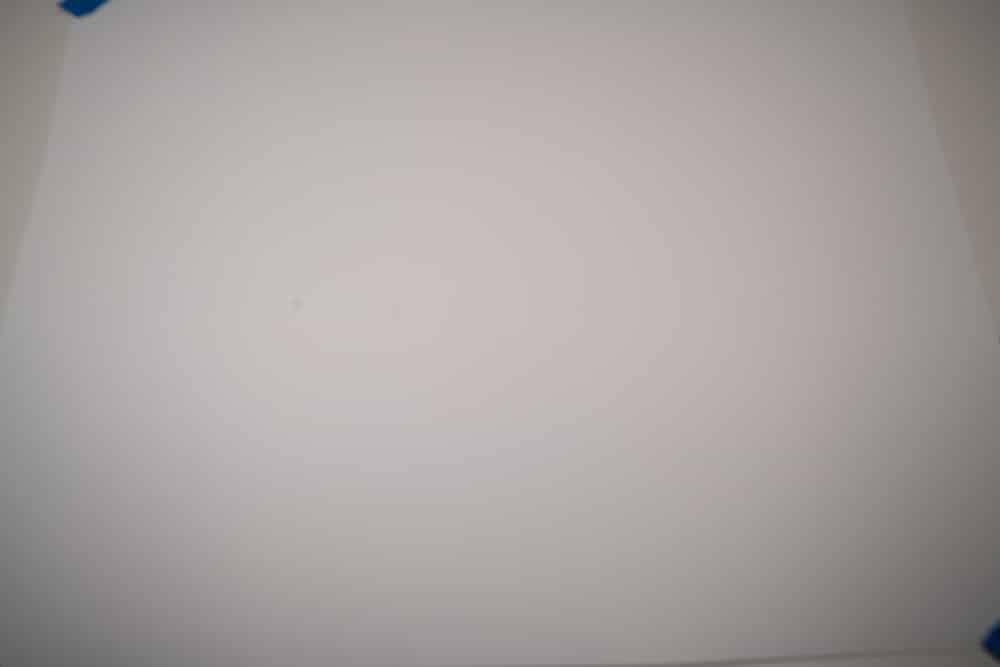
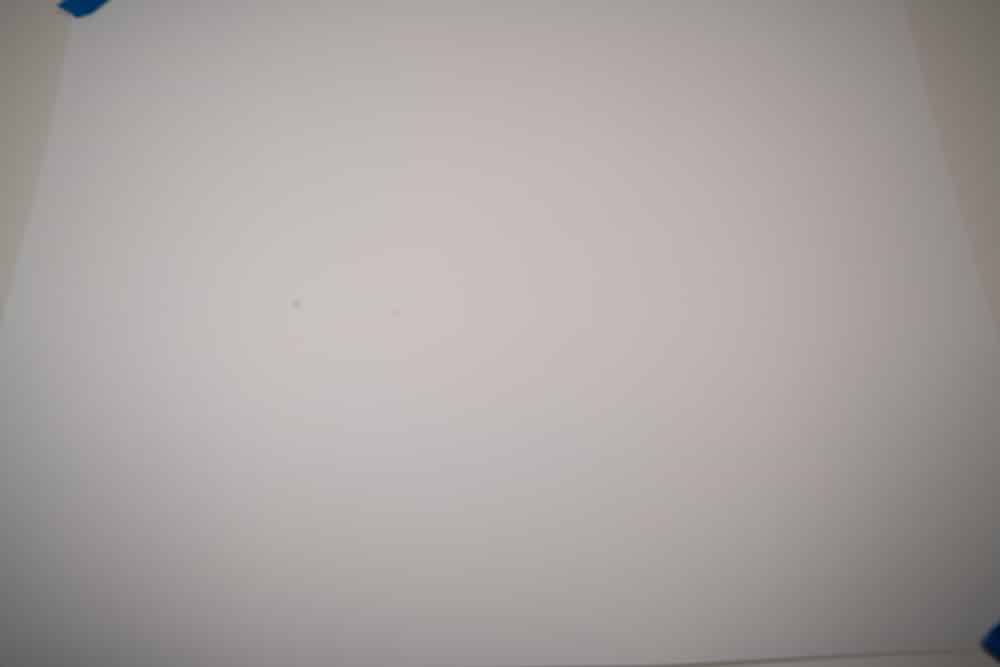

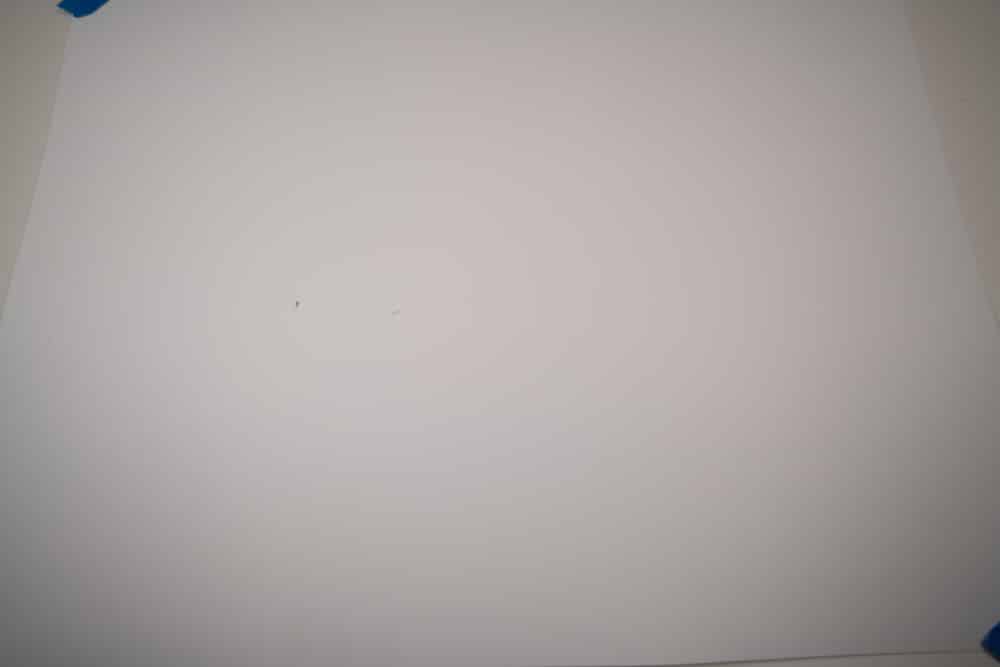
Judge for yourself. I don’t see anything to worry about here. Let me stress that this si a very sensitive test, and you’ll be able to see corner casting that would never show up in a real-life photograph.
At 24 mm:
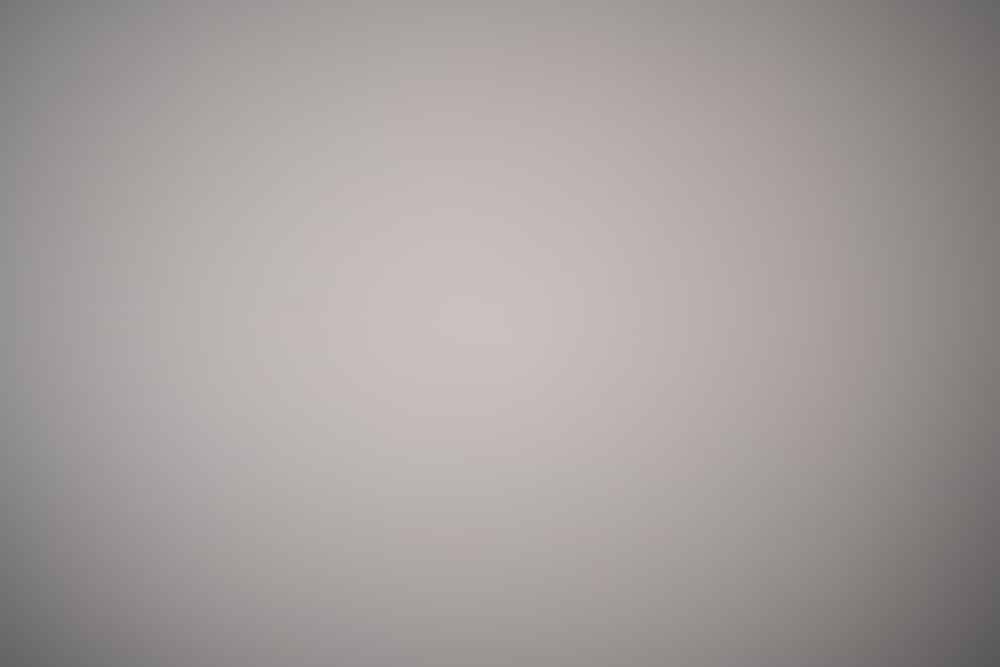


Note that the f/8 overall white balance is cooler. I’m not sure what that’s about.
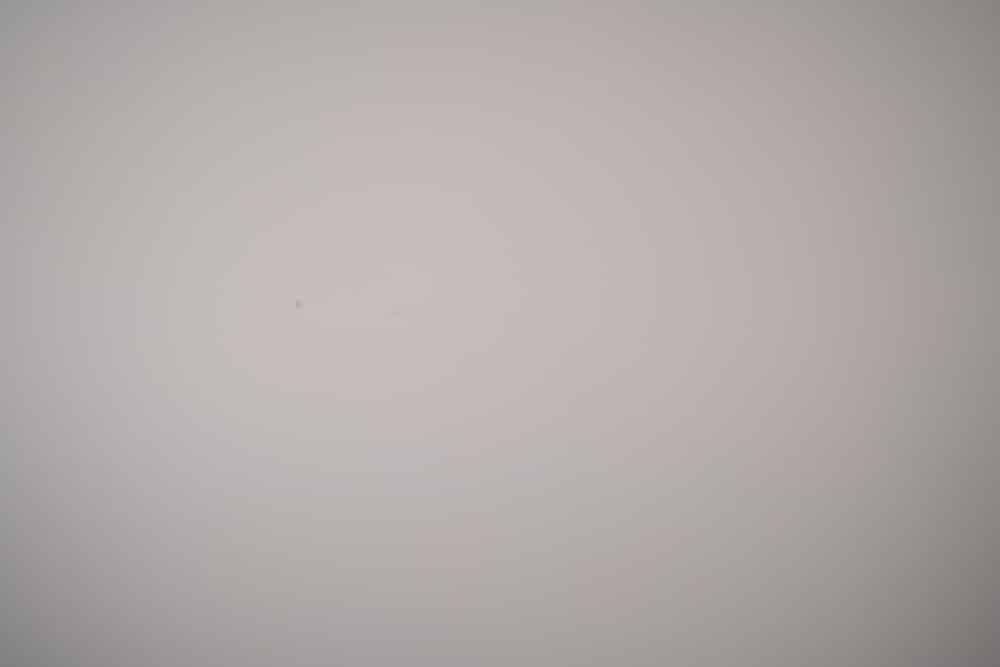
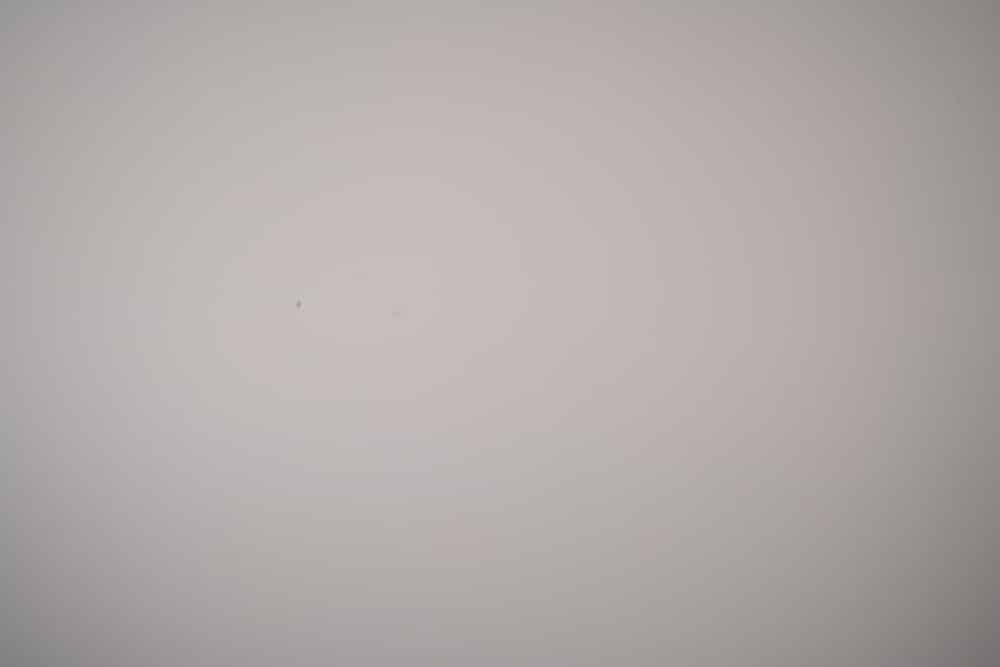
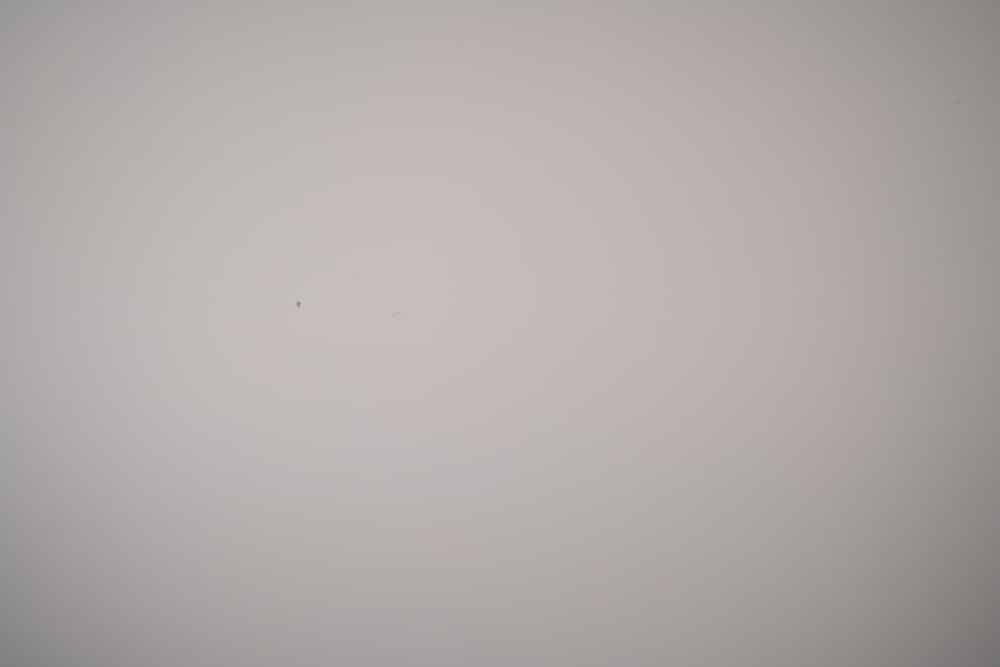
Again. I don’t’ see anything to worry about here. Yes, there are small shifts, but nothing that would affect normal photography, I think.
I’ll show you a 12 mm shot wide open to let you seen what I’m up against when the lens is set that wide:
If I’m going to pursue the issue at 12 mm, I’m going to have to develop a new test technique.
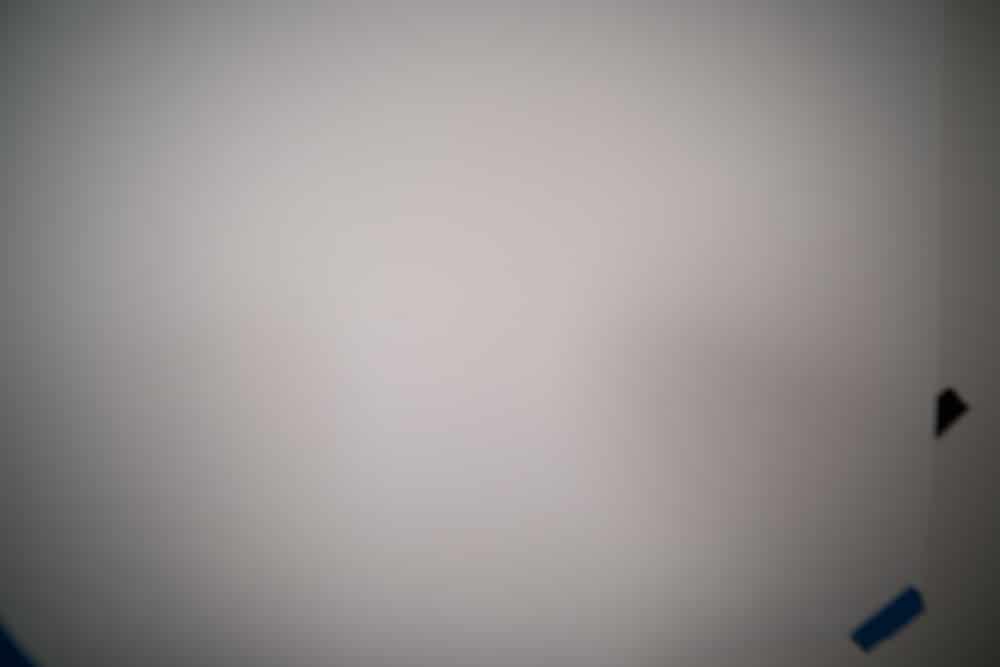
Its not 100% caused by the cfa in all cases. The hot mirror which is a dichroic reflector (or interference filter) actually has an angle dependant filter characteristics. So large angles tend to reflect more visible red light (and some blue) resulting in a green colour cast in the corners. You can twist a camera’s got filter in your hands to see the effect. The sigma foveon cameras suffer more from this as they have a more selective hot filter and no cfa. I suspect the camera makers are compensating for this in their raws but I’ve come across cameras that turn it off for manual lenes (Samsung NX series and Nikon 1)
I didn’t know that. Thanks.